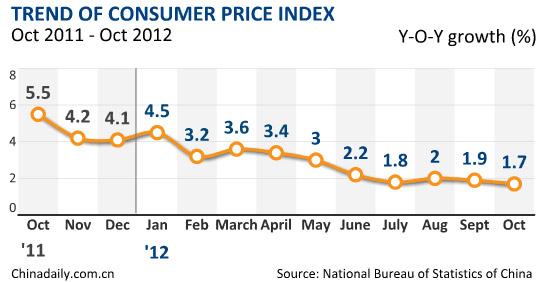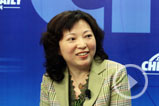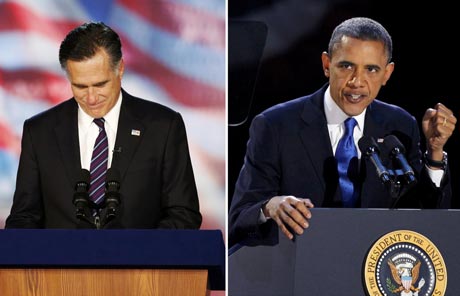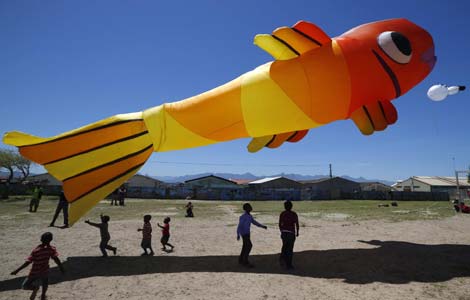China's inflation rises 1.7% in Oct
Updated: 2012-11-09 09:54
(Xinhua)
|
||||||||
BEIJING - China's consumer price index, the main gauge of inflation, grew 1.7 percent year-on-year in October, the National Bureau of Statistics announced on Friday.
 |
The inflation rate, which dropped to its slowest pace since January 2010 in October, dropped from 1.9 percent in September and 2 percent in August.
On a month-on-month basis, October's CPI fell 0.1 percent from the previous month, according to a statement posted on the website of the NBS.
Analysts said slowing growth in food prices and fewer carryover effects from last year contributed to the slight drop.
"Prices for food, including vegetables and pork, posted slower growth, leading to the slight drop in inflation," said Zhang Liqun, an analyst with the Development Research Center of the State Council.
Food prices, which account for nearly one-third of the weighting in the calculation of China's CPI, rose 1.8 percent last month from one year earlier. This was down from the 2.5-percent increase logged in September.
Prices for pork, the country's staple meat, slumped 15.8 percent year on year in October due to abundant supplies, dragging the CPI down 0.6 percentage points.
 |
"The decline was smaller than the 3.6-percent decrease in September, indicating that the economy has been stabilizing," Zhang said.
The PPI data was in line with the country's latest purchasing managers index (PMI), which rose to 50.2 percent in October from 49.8 percent in September, suggesting that manufacturing activity has improved.
In the first 10 months, the CPI grew 2.7 percent year on year on average, showing a further decline from the 3.3-percent rise in the first half of the year.
"We expect the mild inflation trend to persist in the first half of 2013," said Li Huiyong, chief economist for the Shenyin Wanguo Securities Co.
Although the country is poised to meet its target of keeping inflation under 4 percent for the full year, analysts have warned of rising consumer prices in November and December as the cold weather will likely push up vegetable and meat prices.
Gao Yongbiao, analyst at the Sealand Securities Co, said China should also be wary of imported inflation caused by a new round of quantitative easing (QE3) by the United States.
The cooling inflation has opened the door to more easing measures, but analysts said the government may be cautious in loosening monetary policies for fears of fueling inflation again.
"Given that China's economy is picking up, further policy easing may be unlikely before the year's end," said Yao Wei, chief economist for the Societe Generale.
"Monetary policies in the country will remain stable for the rest of the year," Yao said.
In order to buoy growth, the central bank has cut reserve requirement ratios (RRR) twice this year. It has also lowered benchmark interest rates twice.
"The central bank will mainly use open market operations, especially reverse repos, to adjust liquidity during the rest of the year. The possibility of further RRR or interest rate cuts is low," said Zhou Hao, analyst at the Australia & New Zealand Banking Corp.
Price changes in various industries:
High prices, weak demand weigh on cotton industry
Land prices rise 10.8% in October
China's farm produce prices edge down
Car prices continue to fall in Sept
Growth in home prices slows











